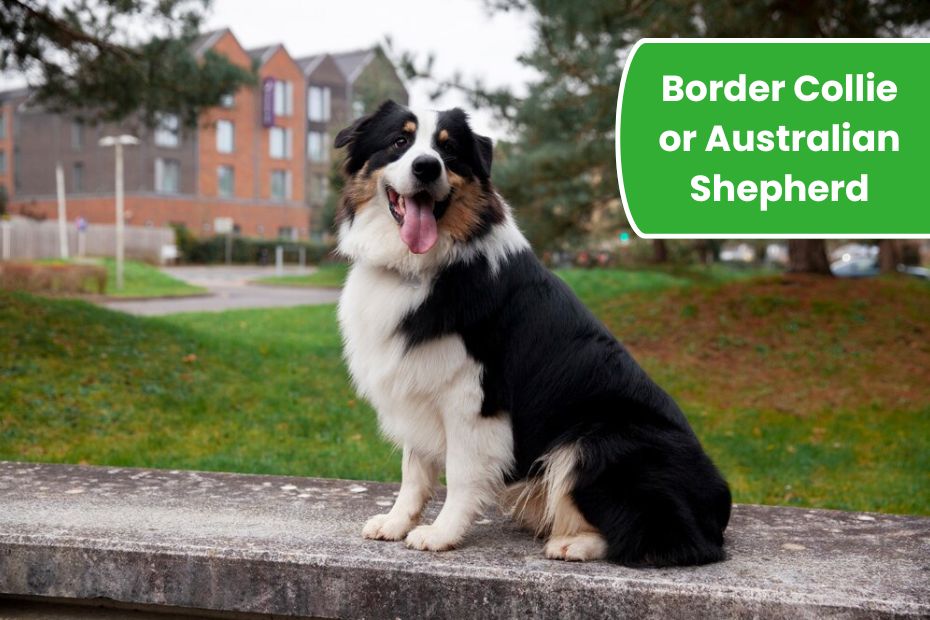The American Bulldog and the American Pitbull Terrier are often mistaken for one another due to their muscular builds and confident stances. However, these breeds are distinct in history, temperament, and purpose. Understanding these differences is crucial for potential dog owners. Both breeds are loyal and protective but require experienced handling. This guide compares their physical traits, personalities, care needs, and suitability as family pets, ensuring you choose the right breed for your lifestyle. Whether you’re looking for a devoted guardian or an energetic companion, this comparison will clarify the unique characteristics of both breeds.
Origins and History
The American Bulldog traces its roots back to working dogs used on farms in the southern United States, bred for strength and agility. In contrast, the American Pitbull Terrier originated from English bull-baiting dogs, later refined for companionship and dog sports. While both breeds share Bulldog ancestry, their purposes diverged significantly. Bulldogs were primarily farm protectors, while Pitbulls evolved into versatile working and family dogs. These historical roles influence their behavior and physical attributes today. Understanding their origins helps explain their distinct personalities, making it easier to appreciate the nuances between these muscular, loyal breeds.
Physical Appearance and Size
American Bulldogs are larger, weighing between 75-125 pounds, with a stocky, powerful frame. They feature broad chests, large heads, and a signature square jaw. Their short coats come in various colors, often white with patches. American Pitbull Terriers are more compact, weighing 30-60 pounds, with a leaner, athletic build. They possess a slightly narrower face and smoother, more defined musculature. Their coat is also short but available in a broader spectrum of colors and patterns. These physical differences not only affect their appearance but also hint at their original working purposes and activity levels.
Temperament and Personality
American Bulldogs are known for their protective, confident nature, making them excellent guardians of home and family. They are affectionate with family but reserved with strangers. Pitbull Terriers are highly energetic, people-oriented, and eager to please. They often exhibit a more playful, outgoing personality, even with unfamiliar faces. Both breeds require early socialization to ensure balanced behavior. While Bulldogs can be more stubborn, Pitbulls are typically more responsive to training. Despite common misconceptions, Pitbulls can be remarkably gentle and affectionate, especially when properly trained and socialized, proving their reputation as loving family companions.
Exercise and Training Needs
Both breeds require regular physical activity, but the American Pitbull Terrier generally needs more exercise due to its higher energy levels. Daily walks, play sessions, and mental stimulation are essential for both. Bulldogs, though powerful, can be prone to laziness if not encouraged. Training should start early, emphasizing positive reinforcement. Pitbulls are often easier to train due to their eagerness to please, while Bulldogs might display a stubborn streak. Consistency and patience are key for both. Without proper exercise and training, these breeds can develop behavioral issues stemming from boredom and pent-up energy.
Health and Lifespan
American Bulldogs are prone to hip dysplasia, elbow issues, and certain respiratory conditions due to their bulky build. They typically live between 10-12 years. Pitbull Terriers, being more agile, face issues like hip dysplasia and skin allergies but generally enjoy a slightly longer lifespan of 12-14 years. Regular veterinary care, a balanced diet, and routine exercise are crucial for maintaining their health. Responsible breeding practices also play a vital role in reducing hereditary health issues. Understanding these common health concerns helps prospective owners prepare for the long-term care and well-being of their chosen breed.
Family Compatibility and Living Environment
Both breeds can thrive in family settings with proper training and socialization. American Bulldogs are protective, making them better suited for homes needing a watchdog. They prefer larger living spaces due to their size. Pitbull Terriers are affectionate and adaptable, often doing well in both houses and apartments if given sufficient exercise. Families with children find Pitbulls particularly loving playmates.
However, supervision is essential with both breeds around young kids. Prospective owners should assess their living arrangements, lifestyle, and experience with large breeds before deciding, ensuring a harmonious fit for both dog and family.
Key Differences Between American Bulldog and American Pitbull Terrier
| Feature | American Bulldog | American Pitbull Terrier |
|---|---|---|
| Origin | Farm working dog, U.S. | Bull-baiting & companion, U.S./UK |
| Size | Large (75-125 lbs) | Medium (30-60 lbs) |
| Temperament | Protective, confident | Energetic, people-oriented |
| Exercise Needs | Moderate to high | High |
| Health Concerns | Hip dysplasia, respiratory issues | Hip dysplasia, skin allergies |
| Lifespan | 10-12 years | 12-14 years |
| Family Compatibility | Protective guardian | Affectionate companion |
| Living Space Preference | Larger homes with yards | Adaptable to houses/apartments |
FAQ’s
Are American Bulldogs more aggressive than Pitbull Terriers?
No, American Bulldogs are not inherently more aggressive. Both breeds can show protective behaviors but respond well to proper socialization and training, making them loyal and affectionate family pets.
Which breed is easier to train, Bulldog or Pitbull?
Pitbull Terriers are generally more eager to please and respond better to training. American Bulldogs can be stubborn, requiring a patient and consistent approach from experienced handlers.
Can Pitbulls live in apartments?
Yes, Pitbull Terriers can adapt to apartment living if they receive sufficient exercise and mental stimulation daily. Regular walks and playtime are essential to keep them happy and healthy.
